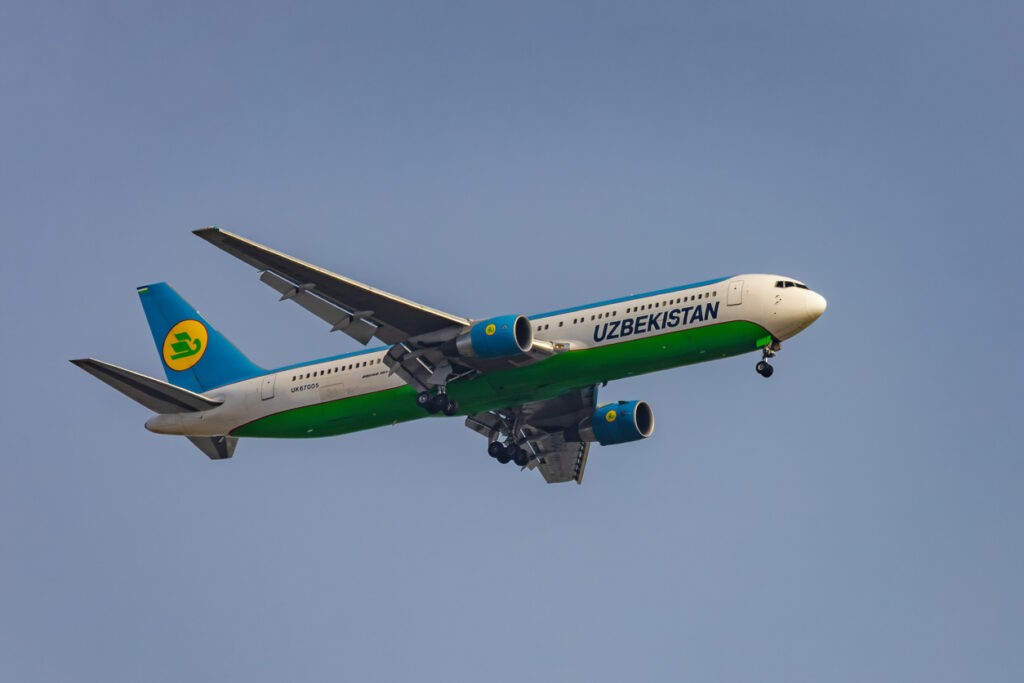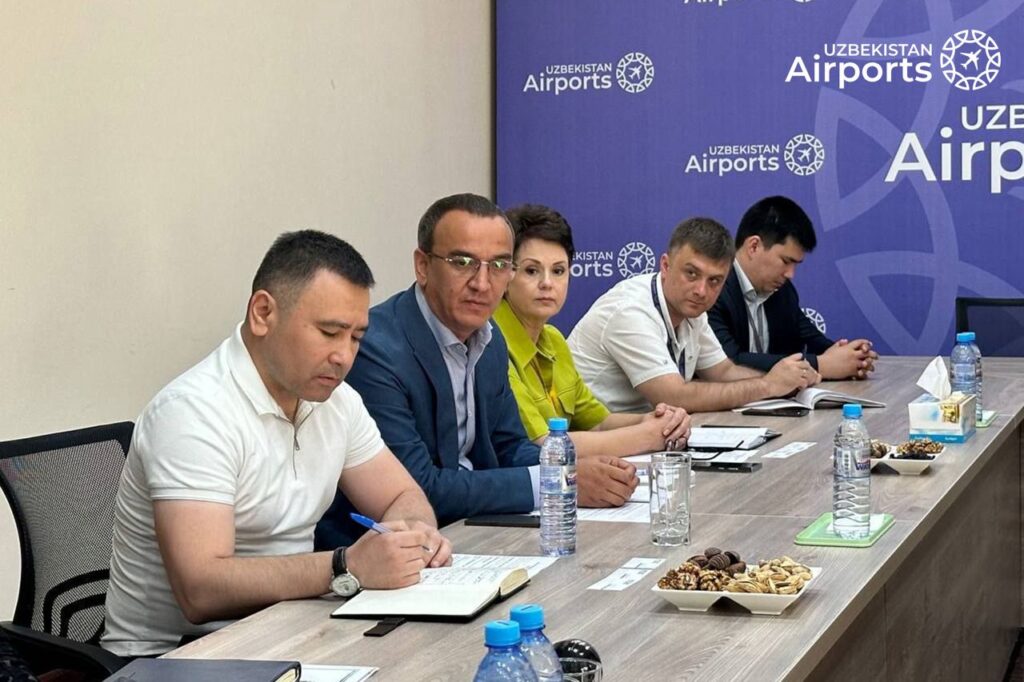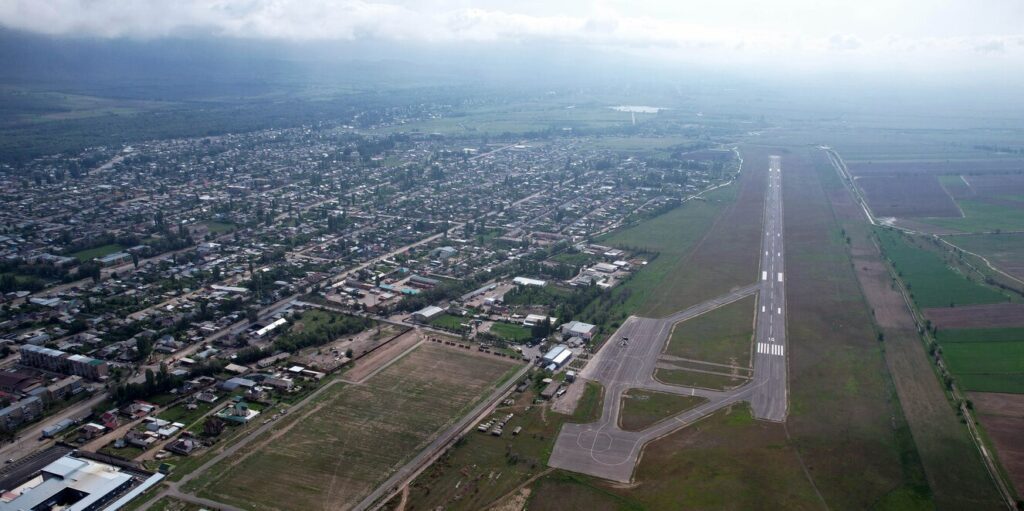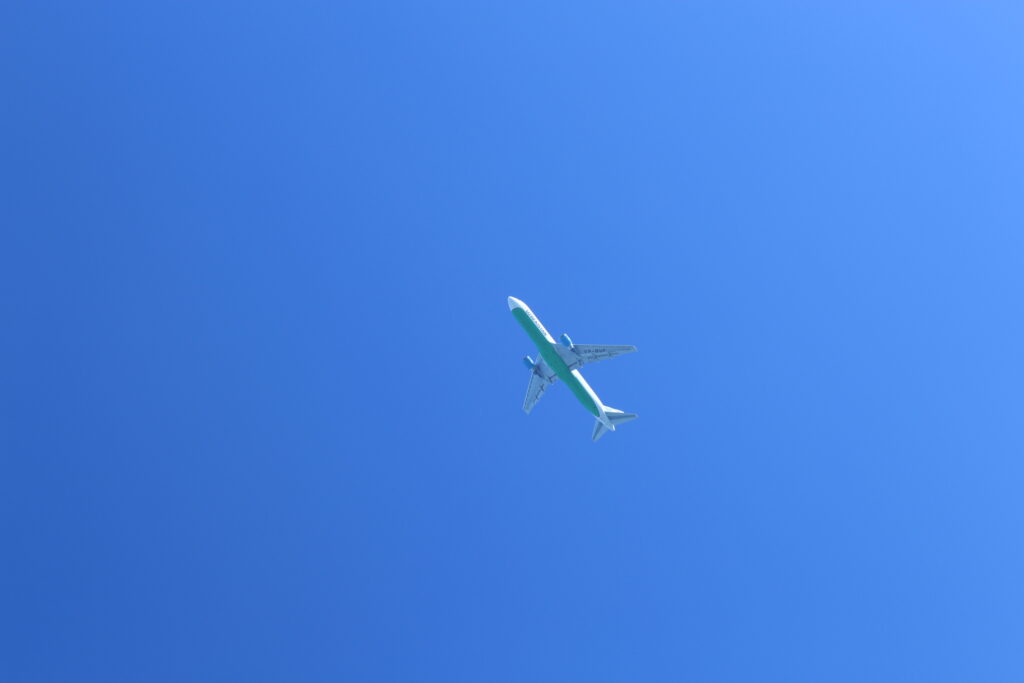Viewing results 1 - 6 of 4
In the first half of 2024, Uzbekistan's airports processed 53,300 flights of which 16, 300 were domestic and 36,900 international; an increase of 37% compared to the same period last year, according to a report by Uzbekistan Airports' press service. From January to June, Uzbek airports served 6 million 369,384 thousand passengers on domestic flights, 1 million 263,304 thousand passengers on domestic flights, and 5 million 106,80 thousand passengers on international flights; an increase of 36% compared to the first quarter of 2023. In the first half of the year, 40.7 tons of cargo and mail were transported, 18% more than last year. Today, Uzbek airports provide passenger services on 84 routes. The 15% increase is attributed to the addition of new air carriers and the simultaneous launch of several new routes. Uzbekistan Airports currently cooperates with 45 airlines.
CMA CGM Air Cargo, a French cargo airline, plans to deliver cargo from China to Europe via Uzbekistan. The carrier intends to use Navoi Airport as a transit point. Representatives of Uzbekistan Airports, Uzaviation, and Uzaeronavigatsia Center recently met with the French CMA CGM Air Cargo delegation, headed by General Director Damien Mazauder, in Tashkent. The airline will carry out five flights a week on Airbus A330 aircraft, and Navoi Airport will become a transit point for technical landings, refueling, and crew changes. CMA CGM Air Cargo is headquartered in Paris; it was established in 2021 as an air division of the CMA CGM transportation group.
Following its year-long reconstruction, Talas airport in north-west Kyrgyzstan reopened on 21 May. Built in 1979 to receive planes and helicopters, the airport had not been operational since the collapse of the Soviet Union. The facility now has a runway that adheres to international standards and a terminal which can accommodate 100 passengers per hour. Speaking at the launch, Kyrgyzstan President Sadyr Japarov stated that the reconstruction in Talas marked a significant step in progressing the government’s plans to resume air communication with the country’s regions through the revival of several redundant airports. Construction of terminals is currently underway at international airports in the city of Karakol and the village of Tamchy in the Issyk-Kul region. The runway at the Naryn regional airport is under repair and the reconstruction of the runways at airports in Kazarman, Kerben, and Batken in the south, are nearing completion.
A new airport is being planned in Uzbekistan's Tashkent region, which will be financed by Chinese investors. The planned airport will be the first in Central Asia built entirely with private financing and owned by private individuals. Last week at the Uzbek-Chinese business forum in Shenzhen, delegations from Uzbekistan and China signed numerous business and investment contracts. Among them, the contract to build an airfield in the Ahangaran district in the Tashkent region attracted special interest. The project is expected to use capital sourced solely from an unnamed Chinese investor company. Construction is expected to start in the second half of this year. In addition to the airport, seven more projects, worth $56m, are being planned with Chinese investors for the Akkurgan district, including facilities for producing knitwear, fabrics, synthetic mattresses, footwear, and building materials.




